The sunny and windy Central strip of land not only leaves a mark in the memories of travelers with its blue beaches, peaceful white sand banks or fishing villages full of fish from the open sea, but also impresses with its salt fields bearing the quintessence of the ocean. That is Phuong Cuu in Ninh Thuan with its vast salt fields, sometimes turning the whole area white when the salt grains begin to crystallize. Or the Hon Khoi salt fields in Khanh Hoa with conical peaks peeking out like mounds of salt piled up neatly in rows by the people, as simple as the scenery here.

Ninh Thuan has a coastline of more than 105km, high salinity seawater, large radiation energy, lots of sunshine, wind..., converging ideal conditions for developing the salt industry.

The climate is hot and dry all year round, seawater evaporates and crystallizes into grains faster, so Ninh Thuan salt is famous for its large, dry grains.

The salt industry in Ninh Thuan has a tradition of hundreds of years. Currently, Ninh Thuan is one of 19 coastal provinces with the largest area and salt output in the country. This place is also known as the salt capital of the South.

Salt making in Ninh Thuan is mainly concentrated in the communes of Phuong Hai, Tri Hai, Nhon Hai (Ninh Hai district); the communes of Ca Na, Phuoc Diem, Phuoc Minh (Thuan Nam district).

This is one of the extremely difficult jobs of salt workers, the process of creating sparkling white salt crystals is not easy but imbued with the hard work of coastal fishermen.

Like salt farmers in other regions, Ninh Thuan people make salt in the traditional way, by leveling and compacting the field surface at the beginning of the season to create a "soil layer", then pumping seawater into the field, waiting for the seawater to evaporate for about a week, then raking the salt.

And so, after the first batch, they continue to pump in seawater, wait for the water to evaporate and harvest the salt. This regular work only stops when it rains or storms. A salt-making day for the salt farmers begins early in the morning. The first step is to prepare the soil, soak the sand in seawater, then spread the sand evenly, dry it on the field, and sprinkle seawater on the drying yard, sprinkling salt bait.

When the sand is dry, each grain of sand will crystallize into tiny salt grains. The sunnier the weather, the faster the salt will take shape. The scorching sun is a favor from nature, helping salt farmers have a bumper crop, making the salt grains whiter and purer.
Heritage Magazine





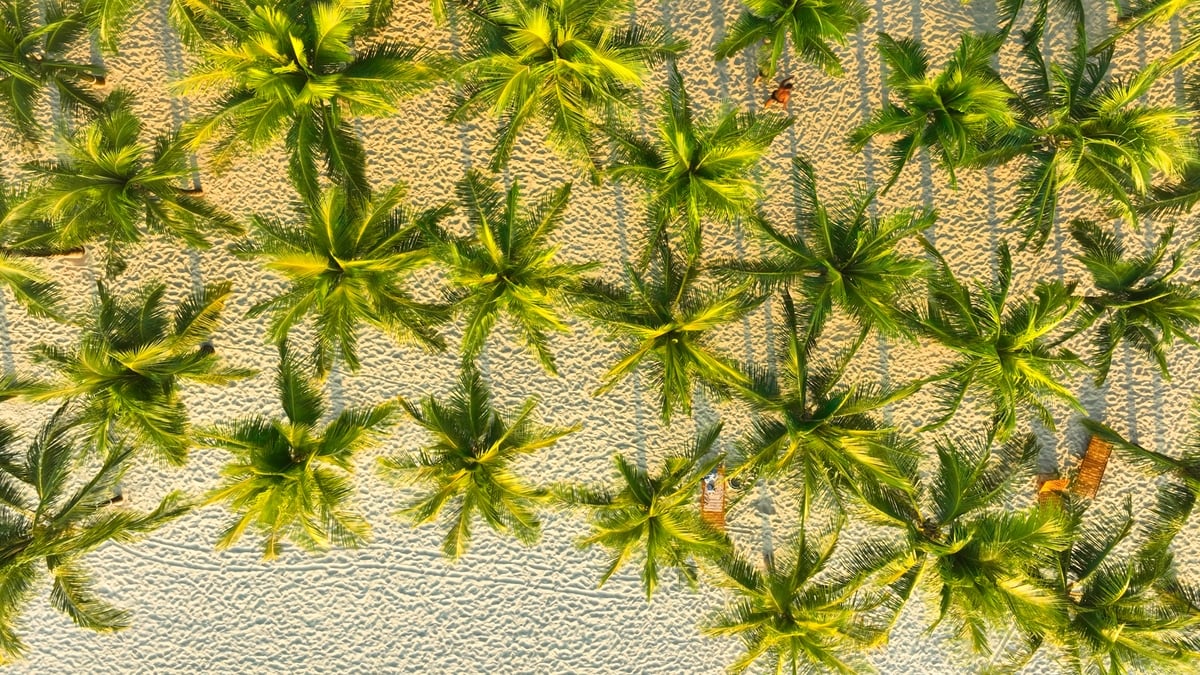







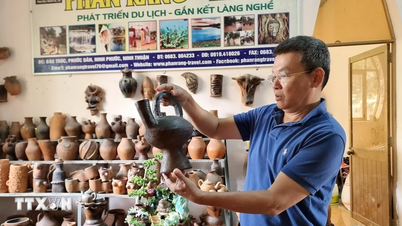





















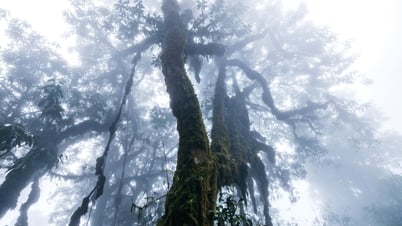

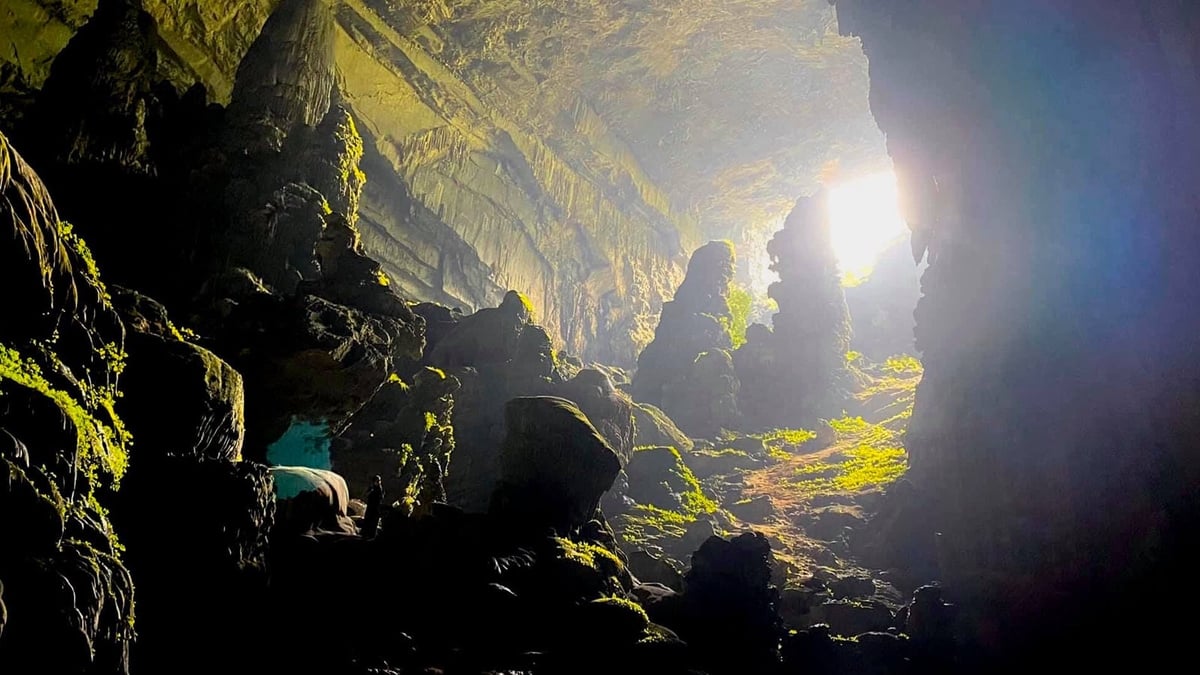















































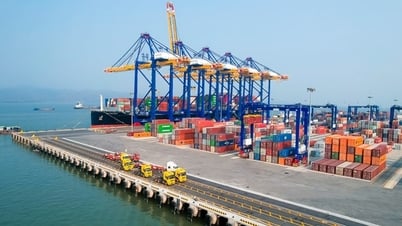








![[OCOP REVIEW] Bay Quyen sticky rice cake: A hometown specialty that has reached new heights thanks to its brand reputation](https://vphoto.vietnam.vn/thumb/402x226/vietnam/resource/IMAGE/2025/7/3/1a7e35c028bf46199ee1ec6b3ba0069e)












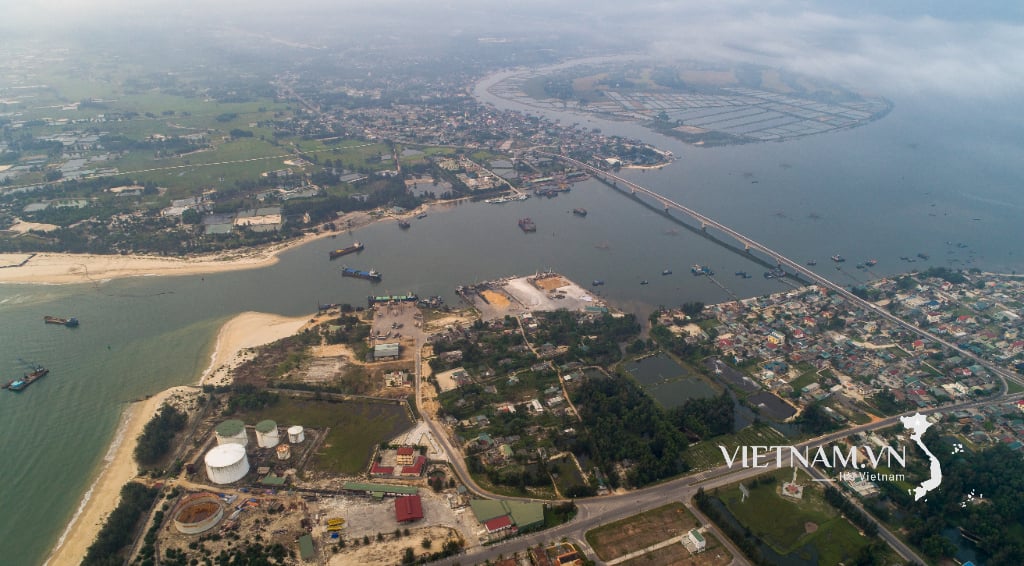
Comment (0)